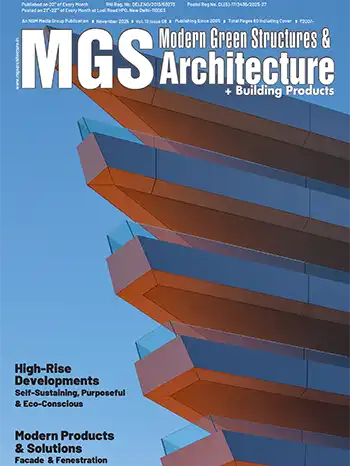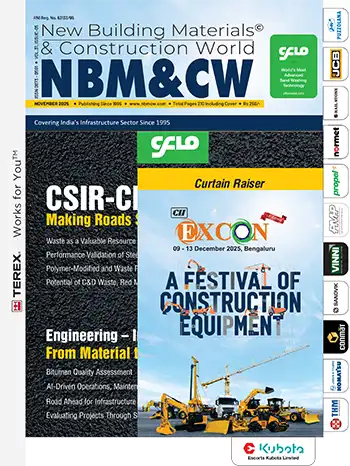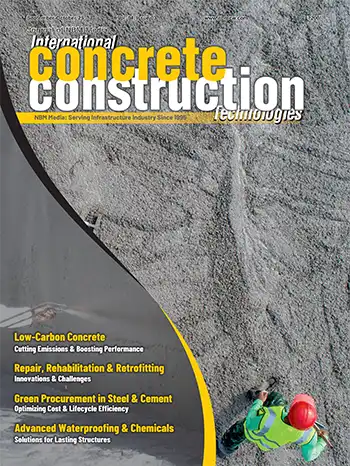
Bio-Based and Carbon-Neutral Materials are natural, renewable materials like cork, bamboo, hempcrete, and mycelium which are becoming popular for their minimal carbon footprint. These materials are not only sustainable but also versatile, finding applications in flooring, walls, and bespoke furniture.
We are seeing smart and energy-efficient innovations such as high-performance materials like photovoltaic glass and self-healing concrete which are gaining traction. These technologies help structures generate energy, minimize maintenance, and contribute to net-zero goals. Enhanced insulation and passive design strategies further boost energy efficiency.

Biophilic design continues to grow, with a focus on integrating natural elements like green walls, living roofs, and courtyards. Large operable windows and seamless transitions between indoor and outdoor spaces enhance connectivity with nature, improving mental well-being and indoor air quality.
Designers are prioritizing locally sourced materials to support regional crafts and reduce transportation emissions, aligning with the ethos of sustainable development.
These trends reflect a balanced approach, blending aesthetics, functionality, and environmental responsibility for a greener future.















